If you’re looking for low-maintenance greenery that thrives in tight spaces and tough conditions, hardy succulents are your go-to heroes. With their compact forms, water-storing leaves, and striking textures, these plants excel in rock walls, crevices, and vertical garden setups. Not only do they require minimal water and care, but many also offer colorful foliage and seasonal blooms that turn vertical spaces into living art. Here are 10 tough yet beautiful succulents that thrive in vertical environments and stony crevices.
1. Hens and Chicks (Sempervivum tectorum)
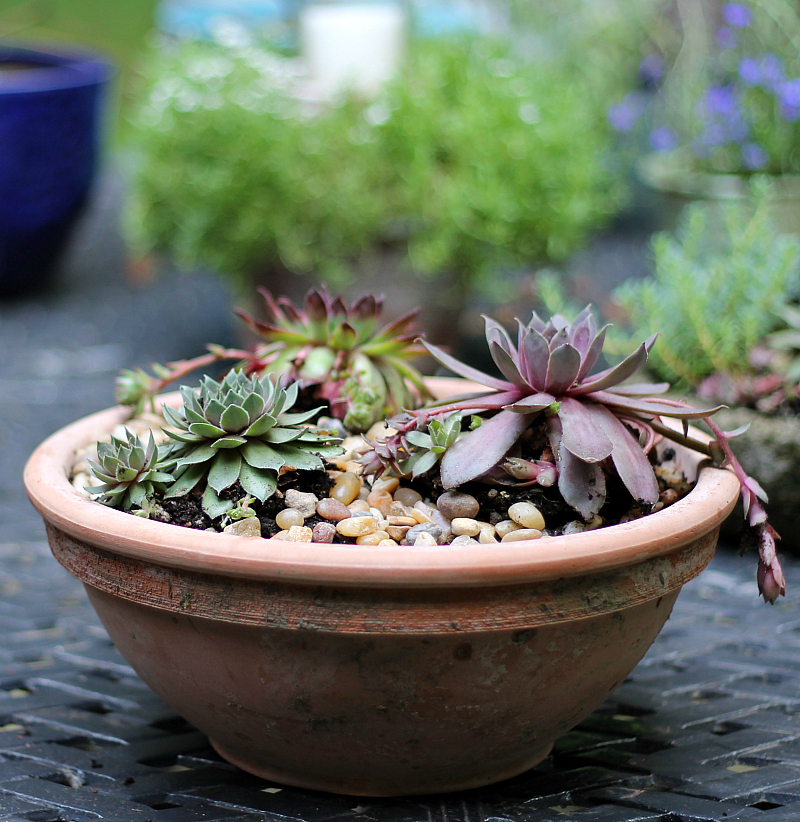
This classic succulent is a favorite for rock gardens and wall crevices, thanks to its rosette-forming nature and cold hardiness. Sempervivum, or “hens and chicks,” produces a central “hen” plant surrounded by smaller “chicks” that quickly fill in gaps. Hardy to zone 3, they handle frost, drought, and poor soil with ease. Their neat, geometric rosettes range from green to burgundy, and they produce tall flowering stalks in summer. Perfect for tucking into rock wall gaps or planting in vertical planters.
2. Sedum spurium ‘Dragon’s Blood’
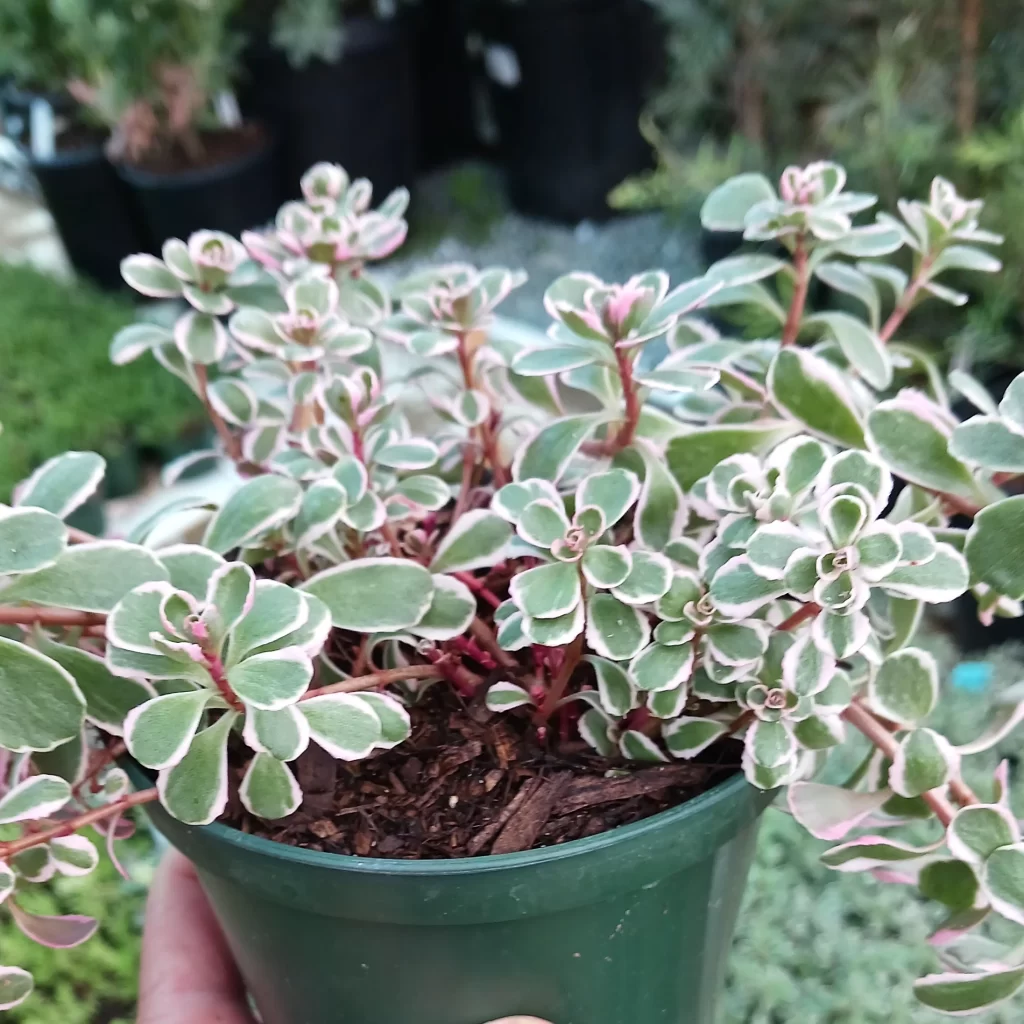
‘Dragon’s Blood’ sedum offers bold color and trailing habit that makes it ideal for cascading over vertical walls. Its fleshy red-tinged leaves deepen in color with stress or cold, while clusters of pink star-shaped flowers appear in late summer. Hardy in zones 3–9, this groundcover-type sedum thrives in full sun and well-drained soils. Its mat-forming growth helps it spill beautifully down rock faces or container edges, creating a vivid waterfall of texture and hue.
3. Ice Plant (Delosperma cooperi)
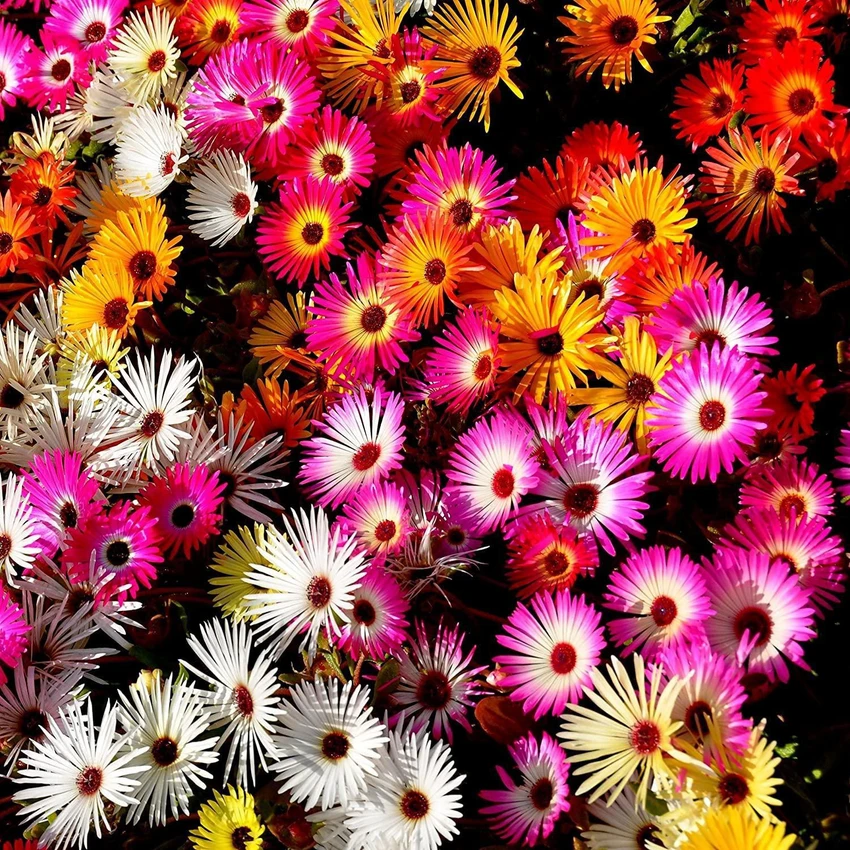
With dazzling daisy-like blooms and shimmering foliage, ice plant brings vibrant energy to vertical gardens. Native to South Africa, it thrives in heat and drought, and its trailing habit is perfect for spilling out of vertical planters or crevices. Hardy in zones 6–10, this succulent remains evergreen in mild winters and explodes with bright purple-pink flowers all summer. Its fleshy leaves retain moisture, making it ideal for dry, exposed areas like sunny stone walls and terraces.
4. Sedum ‘Angelina’ (Sedum rupestre)
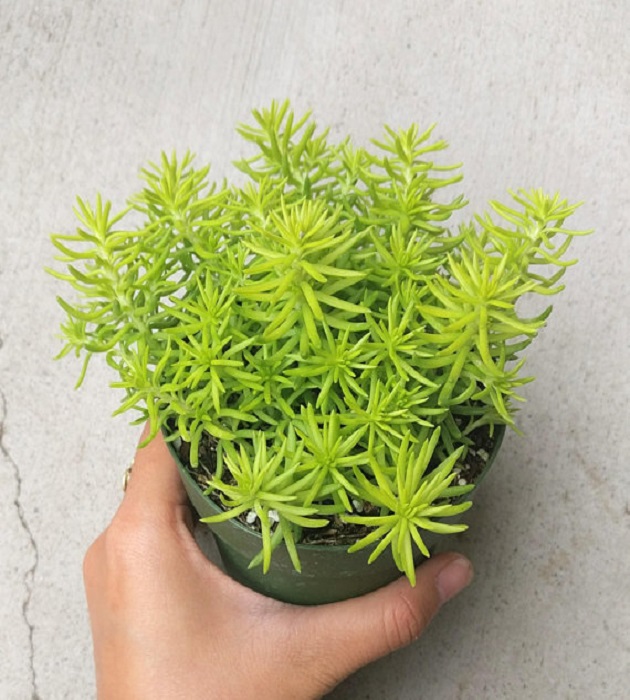
This fast-growing, yellow-green sedum is a standout in vertical landscapes. ‘Angelina’ forms dense mats of needle-like foliage that turn orange or red in cold weather, adding year-round interest. It’s perfect for crevice planting or draping over stone walls. Hardy in zones 5–9, it prefers full sun and excellent drainage. ‘Angelina’ is tough, reliable, and spreads quickly, making it a brilliant filler for rock gardens, vertical panels, or gaps between paving stones.
5. Jovibarba heuffelii (Rolling Hens and Chicks)
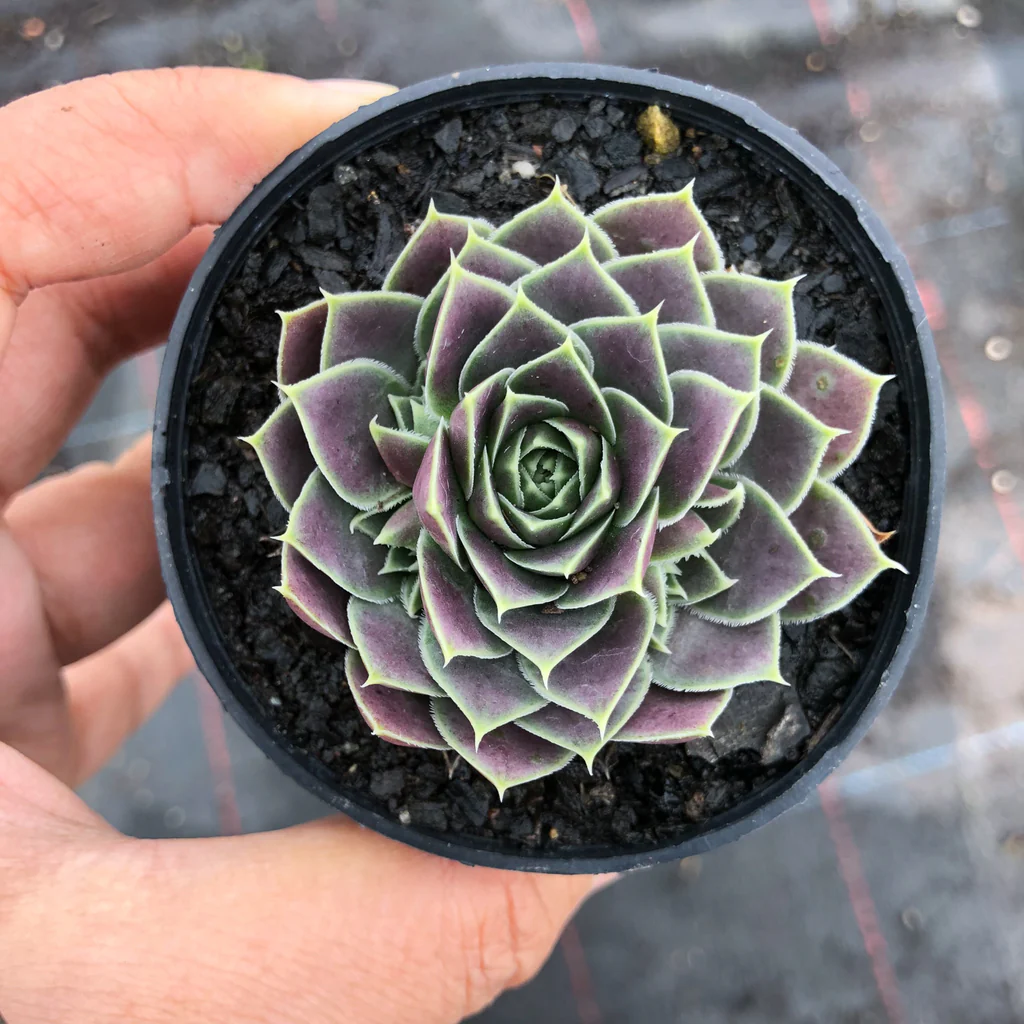
Closely related to Sempervivum, this hardy alpine succulent forms tight, symmetrical rosettes in a wide range of colors greens, purples, and burgundy tones are common. What sets Jovibarba apart is its unique reproduction: chicks roll away from the mother rosette to root independently. Hardy to zone 4, it loves sunny rock walls, gravel beds, or vertical planters with good drainage. Its sculptural appearance and resilience make it ideal for compact spaces and vertical arrangements.
6. Echeveria elegans (Mexican Snowball)
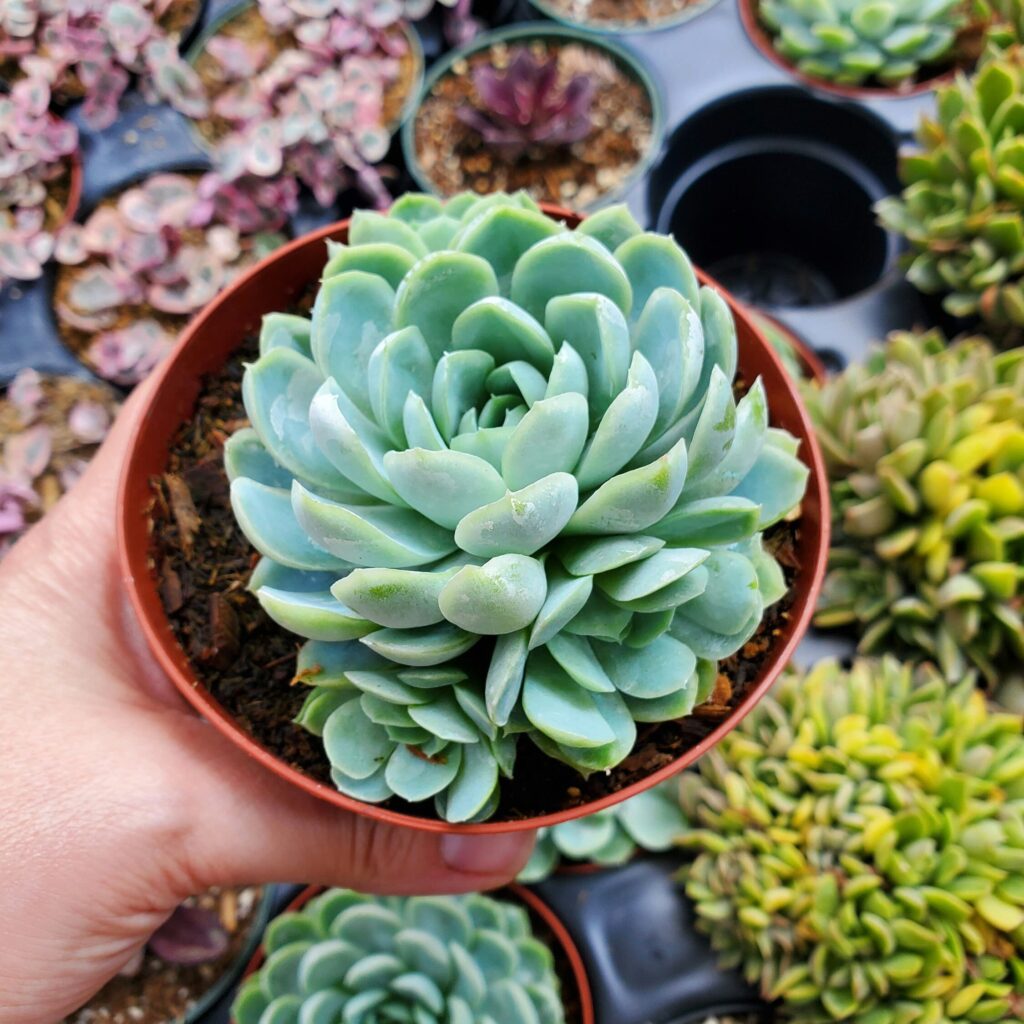
Though less cold-hardy than some other succulents (zones 9–11), Echeveria elegans is a perfect choice for protected vertical gardens or rock walls in mild climates. It forms beautiful, pale blue rosettes that look like floral sculptures. It’s drought-tolerant, sun-loving, and offers pink, bell-shaped blooms on tall stalks in spring and summer. In colder climates, it can be grown in vertical containers and overwintered indoors. Ideal for adding elegance and symmetry to wall-mounted planters.
7. Sedum reflexum (Blue Spruce Sedum)
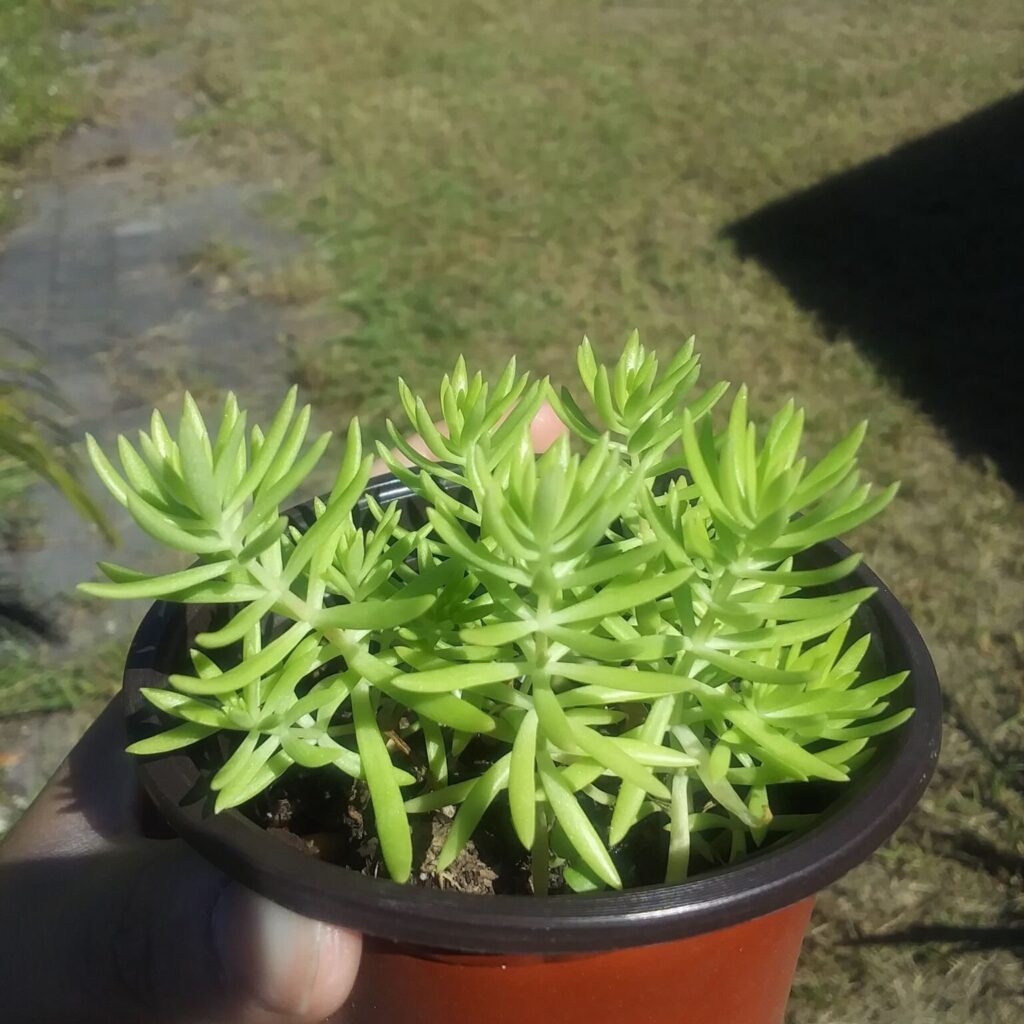
Named for its resemblance to spruce needles, this sedum adds cool, bluish-green tones to rock gardens and vertical spaces. Hardy in zones 4–9, it’s fast-spreading and forms thick mats of succulent foliage. Its yellow flowers appear in summer and attract pollinators, while its trailing nature makes it perfect for tumbling over retaining walls and cascading out of stacked stone crevices. It tolerates drought, poor soil, and temperature extremes, making it an easy-care favorite for vertical gardening.
8. Lewisia cotyledon
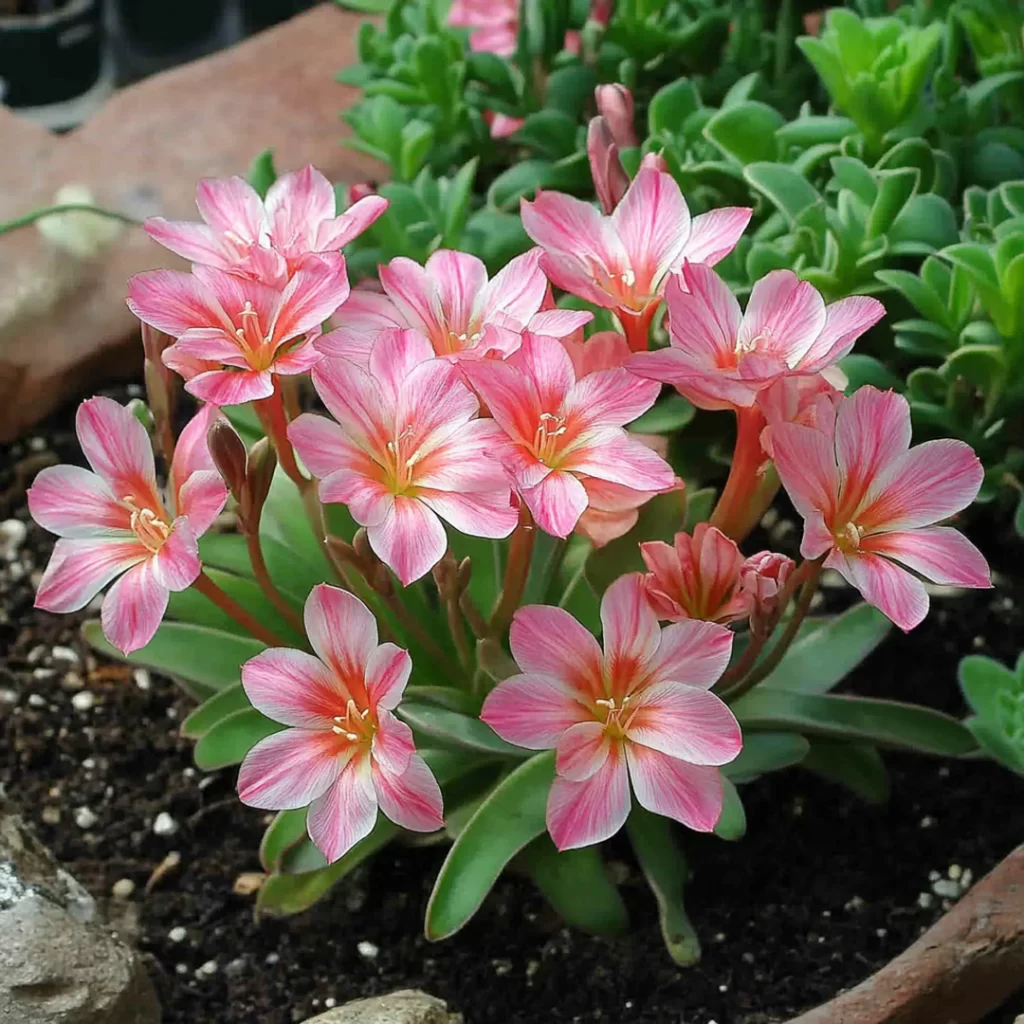
Native to western North America, Lewisia is a gorgeous flowering succulent with rosettes of spoon-shaped leaves and dazzling, pastel-colored blooms in spring and early summer. Though not a traditional succulent in the aloe sense, its thick leaves store moisture, making it well-suited to rocky and vertical habitats. Hardy in zones 4–8, it requires excellent drainage and performs beautifully in narrow crevices and sloped rock walls. It brings a splash of color and alpine charm to vertical designs.
9. Sedum ‘Blue Pearl’
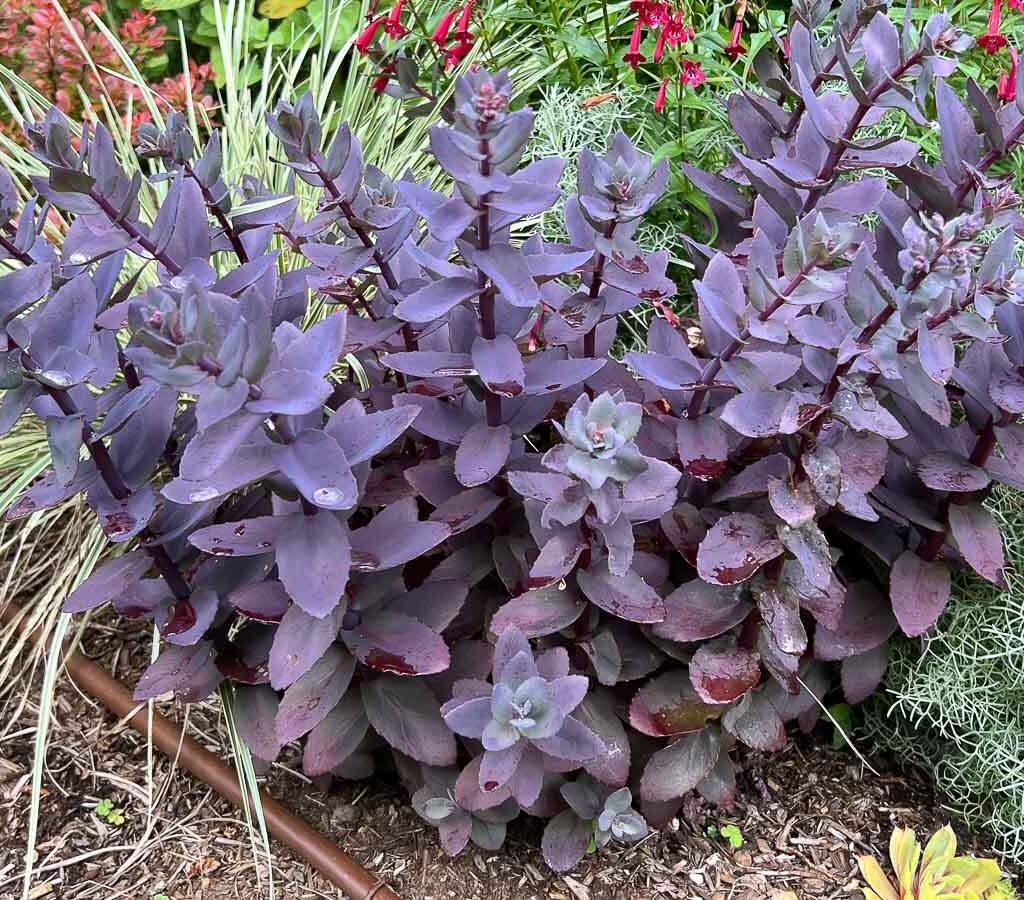
‘Blue Pearl’ offers stunning dark blue to purple foliage that adds dramatic color to vertical arrangements. Compact and rounded, this sedum remains tidy as it spreads, and produces pink-red flowers that contrast beautifully with its foliage. Hardy in zones 4–9, it loves full sun and dry soil. Its compact form makes it ideal for pocket planters or small gaps in rock walls. It’s a newer cultivar, but quickly becoming a favorite among garden designers for vertical interest.
10. Crassula perforata (String of Buttons)
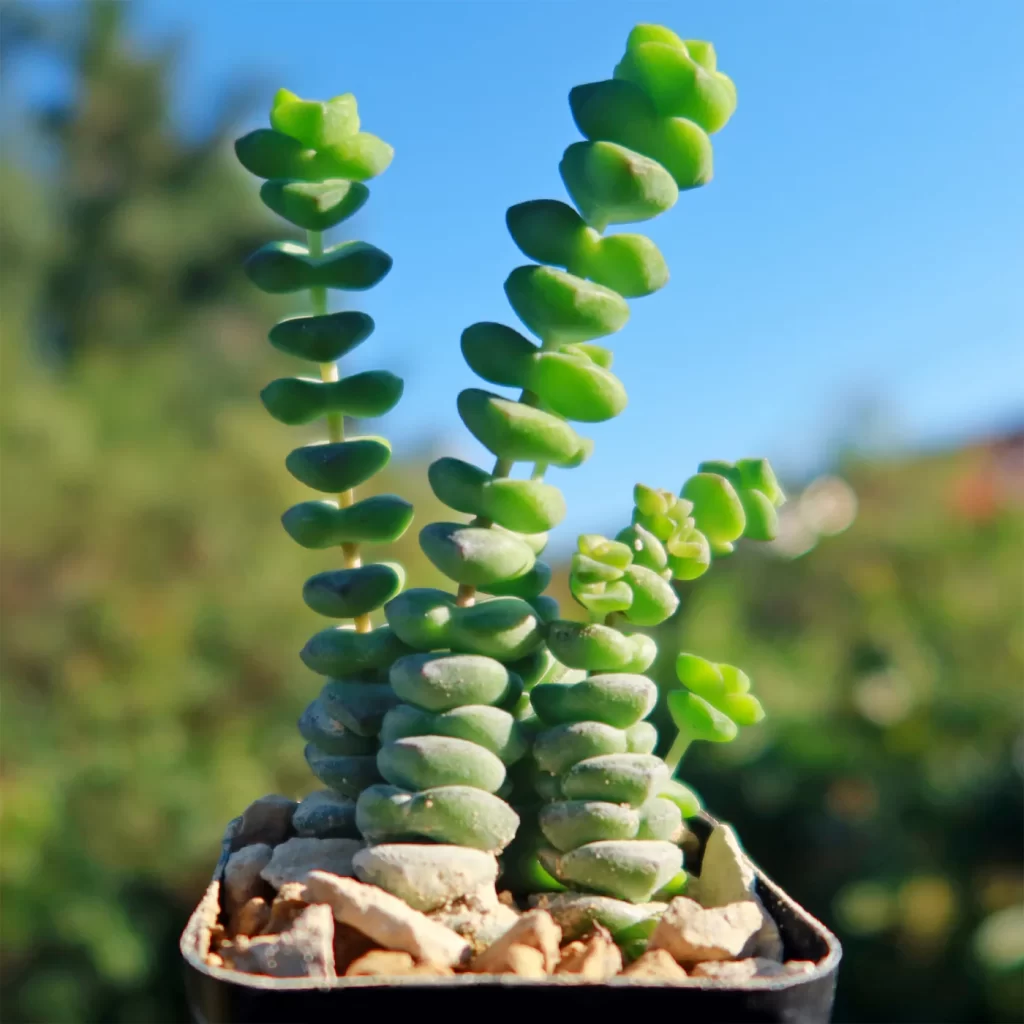
Crassula perforata is a whimsical, stacking succulent with leaves arranged like beads on a string. Though not frost-hardy (zones 9–11), it works wonderfully in vertical succulent walls or containers in warm climates or as a summer annual in colder zones. It produces tiny star-shaped flowers and is incredibly low-maintenance. This succulent’s quirky shape adds texture and visual curiosity to vertical designs. Use it in combination with tighter rosettes for a playful and layered look.

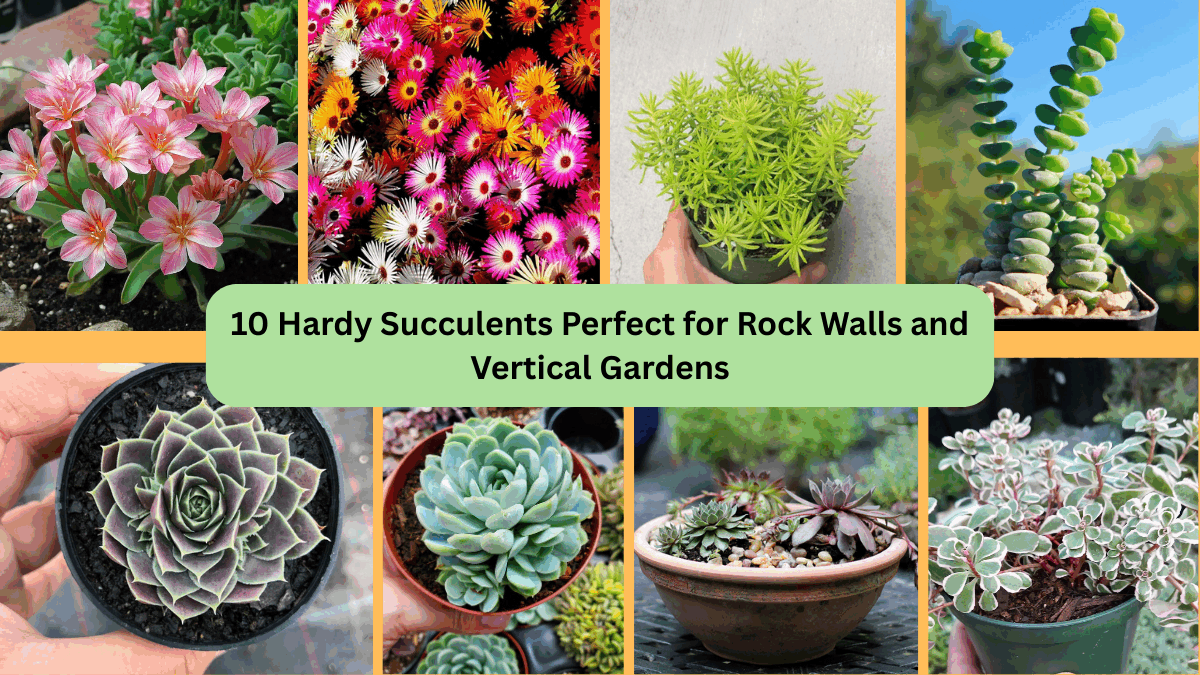
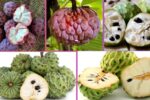
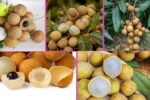
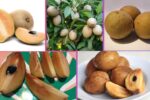

Leave A Comment